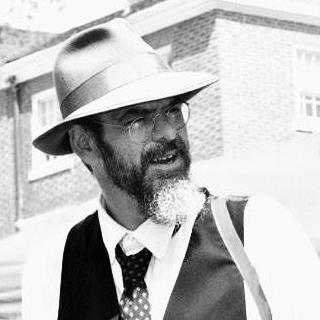
I‘ve driven past it dozens if not hundreds of times through the years.
The post is made from wood of a kind we don’t see anymore, cured heart longleaf pine, ten inches or so across each of its worn flats. Six feet or so sticks out of the ground, and it has a decided lean to the east, likely from a collision with a vehicle or possibly even an attempt to remove the post from where it has stood for a century and a bit. It’s the last of what was probably dozens of similar posts used for a mule lot a few blocks from a now-silent railroad tracks where the only things now running the rails are stray cats and the occasional souvenir hunter seeking a rusty hunk of history.
Quality mules were sold there; they were unloaded from railcars, herded down the street almost in a parade, and one or two or four at a time, sold to men in overalls and dungarees with sweat-stained hats and sun-faded shirts for whom the mules were somewhere between family members and the tractors that replaced them a half-century later. Fortunes and livings were made and lost based on what happened alongside the wooden fences of the mule lot and barn. Now it’s just a single inconvenient relic that’s in the way of the municipal crews mowing the right of way.
Not far away is a sad little structure of the same era, one which hasn’t weathered the floods, storms or neglect as well as the post. I have no idea what purpose it served. If the owners were as zealous about protecting its crumbling brick and rotting wood as they are about screwing vulgar plywood over the windows, there’s a good chance someone would find some charm in and a use for the tiny building with the decorative half-columns pressed into the front. As it is, the poor little building – maybe a one-room office? – instead looks like nothing more than a falling-down mausoleum overshadowed by practical yet soulless metal buildings that change tenants with the changing of the tides.
We all too often forget about the history resting and often rotting in commercial buildings in small towns. Nothing earth-shattering or world-changing, but in many ways more important than the events of the outside world.
There are so many of our towns in Southeastern North Carolina that survived the War Between the States or sprung up afterward in the boomtimes of the late 1800s, then the meteoric economy of the 1920s that ended with the Great Depression. Then came another boom, after World War II, followed by the death knell rung by big box stores with less personality than a self-respecting rock. The tobacco markets went away, and chains slowly ate away at the local stores. Online business and glass castles replaced the banks and offices of deep rich wood and cut glass visited by three and four generations.
Some towns came back, some held on, and some look like the sets of post-apocalyptic adventure movies. Many times someone decided there was just no reason to try to save an old furniture store, and the ever-hungry excavators and bulldozers made short work of storefronts that once boasted six-bay windows designed to welcome a customer, windows that were decorated for holiday and special sales or just left clean to offer a tantalizing glimpse of what treasures could be found inside.
I’ve had a couple friends through the years who took me down side streets now occupied with storefront churches and shady car dealers, pointing out different roof styles and the way the windows framed a door. Brushing aside a layer of grime and a decade of leaves would show an intricate tile pattern inviting a visitor inside.
Unlike my beloved country stores, which were (and usually still are) strictly utilitarian, old stores in town often had a certain dash, designed to compete with or complement their neighbors. I don’t mean they were Neiman-Marcus fancy, or even as dressed up as the average modern mall. Some might be, of course—many was the town that had a clothing store for the “most discriminating gentlemen and ladies,” as one billed itself – but most were just Sunday-go-to-meeting spiffy, as opposed to all dressed up for show.
On a side street in one forgotten little town I still love, there used to stand an absolutely breathtaking art deco bank, built in 1922; it eventually became an office, then a series of small startup businesses, then a non-denominational church with a self-appointed prophet who skipped town just ahead of an angry board of deacons and the sheriff. Then it became a storage building; a fire of undetermined origin finally left it as nothing but a nuisance. Today there’s a weedy lot that’s less attractive to nosy children and those intent on mischief.
The old bank was half-covered in peeling white paint the last time I saw it. The gentlemen who showed me the building, a few years before it burned, said it was once almost a scandal, due to its bright colors. The honesty of the bank’s staff, however, overcame the modern, almost gauche colors (my old friend financed his first car, a 1930 Ford, there) and it became an anchor for downtown. In the 1950s it moved to a more modern building, and the old bank began its revolving door of new tenants, all of which were a mix of good and bad memories when I saw the place in the 1990s.
Downtown was a growing place way back when, my friend told me. Indeed, his father and other businessmen were torn over the seemingly out of control growth. My friend lived long enough to see most of the stores and businesses shuttered, dusty for rent signs sagging in sad windows on streets never really noticed by people whizzing through town on their way to somewhere else.
I know downtown areas will never again be the retail centers they were in my youth; many were on the way out even back then, slowly being replaced by department stores in strip malls that were in turn eaten by megaplexes that are the same in every city.
It cheers me almost every time I see a new business open in any downtown; downtowns were once the only place an entrepreneur had a chance, back when all the advertising was in a local newspaper sold on the street by hustling kids, or maybe a local radio station if the town were particularly prosperous. To move into a downtown area meant something back then – it meant someone was ready to take a chance, to welcome a customer off the street with a product or service. There was no need for marketing plans to attract business downtown. Rather, there was a need to have enough room for everyone who wanted to be there.
I think it means something again nowadays. Downtowns aren’t just a place where there might be quaint architecture or (frankly) less expensive property. I hope some of those who take the chance and move into downtowns realize and respect that they aren’t the first. They are heirs to a legacy, a legacy memorialized in old dusty windows, steel siding over bricked-in windows, and forgotten fence posts.
Downtowns are much more than the relics of a forgotten time – they are the heart and soul of a community.



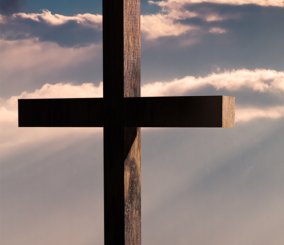
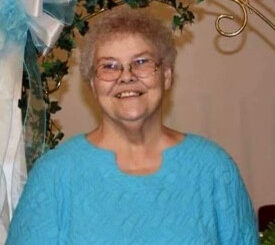


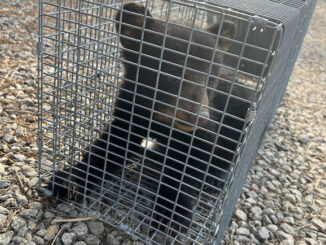

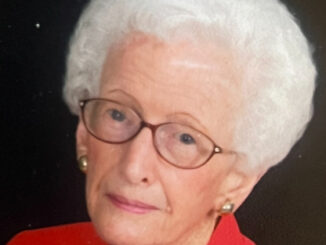







Wow! Great article. Really made me think and remember all of the towns that I have watched change over the decades. Starting with Whiteville, NC. I lived in Brunswick, NC. I went to school and “Lived” in Whiteville in its hay-day, the 50s through the 70s. My first “real” job was at Ed’s Grill. My family moved outside of Chadbourn to Peacock Crossing during my 8th grade year. I went to West Columbus High School, worked in tobacco and drove a school bus in high school. Chadbourn had already started changing but I didn’t notice at that time. Whiteville was still going strong with main street stores thriving, Mann’s, Leader Bros., Ed’s Grill, Penn’s Grill, What A Burger, Wards Grill, all of the other retail stores, the Columbus Theater where I spent almost every Saturday morning along with the Starlite Drive In where I watched many a movie after I got my license. I joined the US Navy right out of high school in 1973. I spent four years active Navy and five years in the Ready Reserves. I got to visit many foreign countries around the world and got to actually touch the many places that I studied and learned about in History class. I also got to interact with different cultures in large cities and small communities. I learned that no matter where, we are all basically the same. I came back to Whiteville, went to Southeastern Community College, married, had a beautiful and wonderful daughter. I started noticing changes in downtown Whiteville, Chadbourn and Fair Bluff. It did not register really. The change. I was accepted as a South Carolina State Park Ranger with SC Parks, Recreation & Tourism after I graduated from SCC with a degree in Recreation Resources. I was stationed throughout South Carolina at seven state parks from the mountains to the coast and all points in between. Of course parks are located out in the wilds of areas. Usually small towns are the only “civilization” we have to perform business and mate with the community. I have watched and interacted with small towns as they have changed from vibrant to struggling lifelines for the communities. As a Park Ranger and Manger of SC State Parks, I was tasked with not only exposing visitors to our natural treasures, but also working with the local community to help bring visitors to the community. I saw these small towns such as Bishopville, SC; Santee, SC; McCormack, SC; Prosperity, SC and Cheraw, SC struggled to save and rebrand their downtowns. As I returned to Whiteville to visit family, I saw how the “WalMart syndrome” has destroyed all of the downtowns that I have lived “in”. To be fair, it isn’t just WalMart, but “Progress”? What a Shame though. But I do have all of the wonderful friends I have made along my life’s journey. Your article really hit home and has helped me reflect upon my life’s travels. Thanks for the Memories.